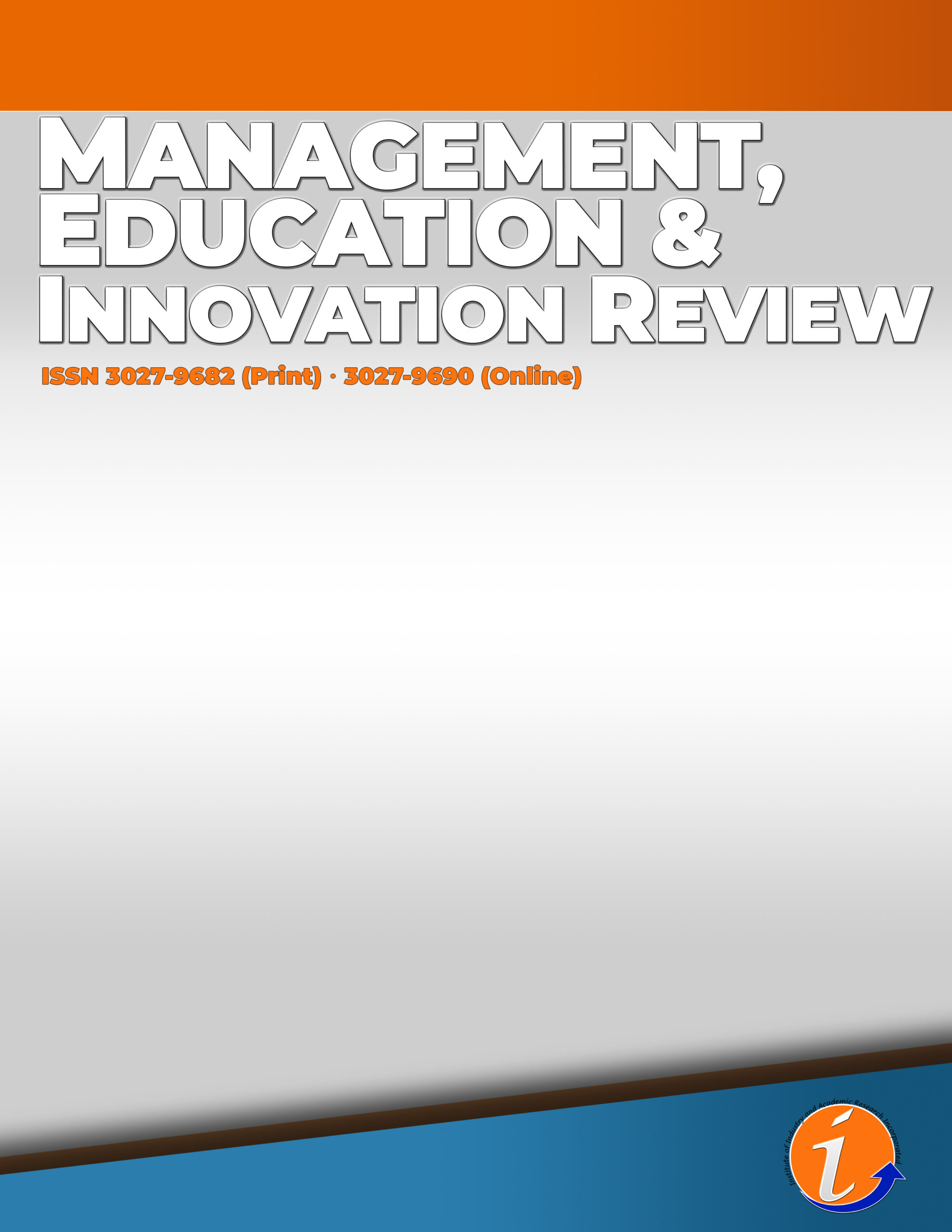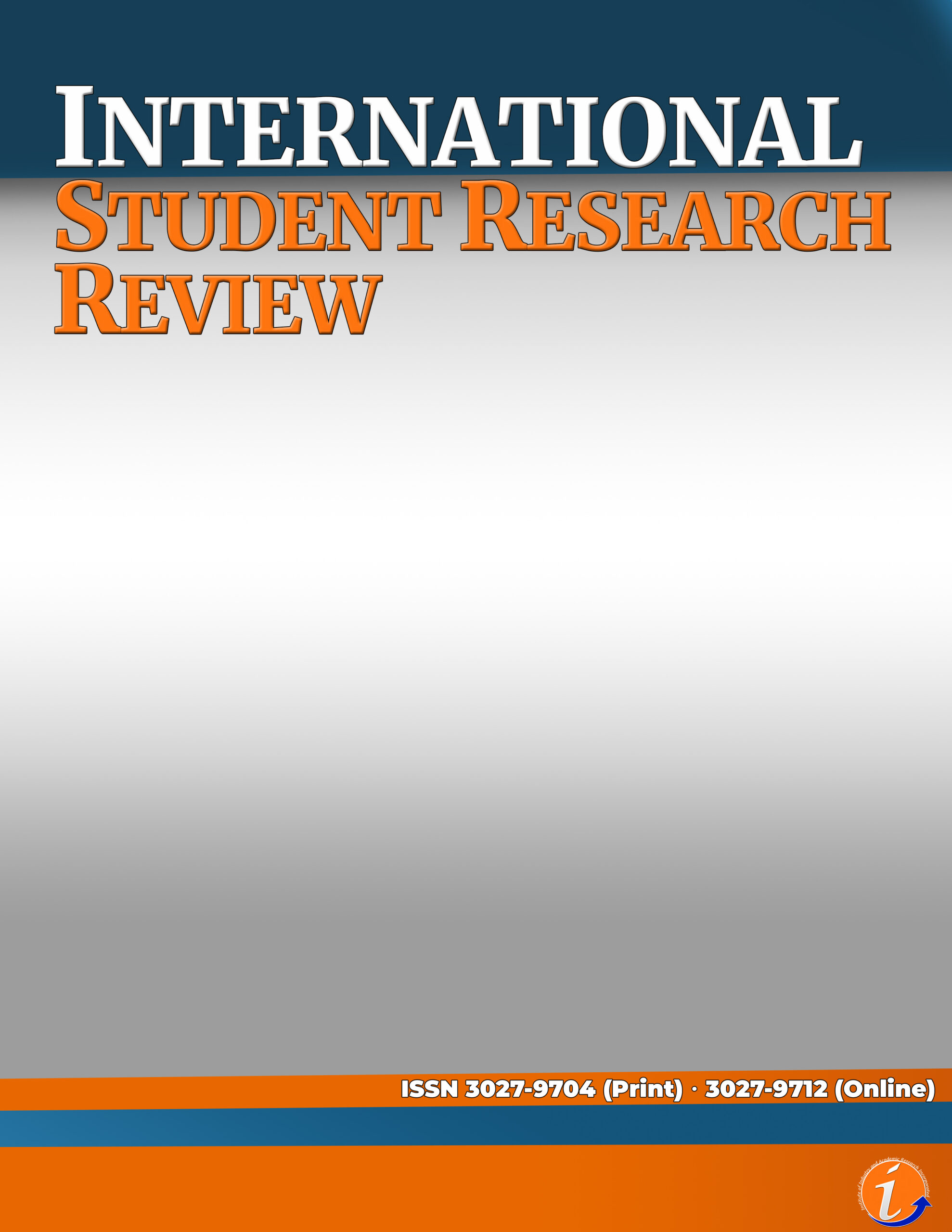Abstract
Bitcoin stands as an immensely volatile cryptocurrency gaining increasing popularity. It signifies a pivotal shift in the perception of currency as the world’s most valuable and costly cryptocurrency. This study aims to forecast the daily return on Bitcoin. Historical data of Bitcoin prices from 24/5/2020-23/5/2023 was collected and forecasted the Bitcoin return for a short 8 days (24/5/2023-31/5/2023). The objective was to validate the practicality of the traditional univariate Autoregressive Integrative Moving Average (ARIMA) model in predicting Bitcoin prices. We successfully projected the closing prices of Bitcoin for the initial seven days of May 2023. Bitcoin’s value fluctuates similarly to a stock, but different in its features. The preprocessing stages were stationary tests using an Augmented Dickey-Fuller Unit Root Test, Jarque-Bera Test, and Lagrange Multiplier Serial Correlation Test utilizing EViews software with series line graph, Q-Q plot, histogram. The selection of potential model was selected through the utilization of the correlogram test looking at the ACF and PACF graph. This study used the ARIMA model and has chosen ARMA (1, 0) as the forecasting model based on the readings on Akaike Information Criterion (AIC), Schwarz Criterion (SIC), and Hannan-Quinn Criterion (HQC), Mean Absolute Error, was run as an accuracy measurement. Our study shows 2 findings, where (1) the forecasted daily return between 24/5/2023-31/5/2023 shows constant return of 0.1%, leading to an annual return of 36.5%; (2) the forecast of using ARMA (1, 0) model is weak in its accuracy.
Keywords: bitcoin, cryptocurrency, prediction, auto regressive integrated moving average, ARIMA
References
Akyildirim, E., Cepni, O., Corbet, S., & Uddin, G. S. (2021). Forecasting mid-price movement of Bitcoin futures using machine learning. Annals of Operations Research. https://doi.org/10.1007/s10479-021-04205-x
Allwright, S. (2022, August 28). What is a good MAE score? Stephen Allwright. https://stephenallwright.com/good-mae-score/
Ayaz, Z., Fiaidhi, J., Sabah, A., & Anwer Ansari, M. (2020). Bitcoin Price Prediction Using Arima Model. TechRxiv. https://doi.org/10.36227/techrxiv.12098067
Basher, S. A., & Sadorsky, P. (2022). Forecasting Bitcoin price direction with random forests: How important are interest rates, inflation, and market volatility? Machine Learning with Applications, 9, 100355. https://doi.org/10.1016/j.mlwa.2022.100355
Benzekrı, M., & Özütler, H. (2021). On the predictability of bitcoin price movements: a short-term price prediction with Arima. Journal of Economic Policy Researches / İktisat Politikası Araştırmaları Dergisi, 8(2), 293–309. https://doi.org/10.26650/jepr.946081
Box, G. (2013). Box and jenkins: Time series analysis, forecasting and Control. A Very British Affair, 161–215. https://doi.org/10.1057/9781137291264_6
Boukhers, Z., Bouabdallah, A., Lohr, M., & Jürjens, J. (2022, February 12). Ensemble and Multimodal Approach for Forecasting Cryptocurrency Price. ArXiv.org. https://doi.org/10.48550/arXiv.2202.08967
Campbell, J. Y., Lo, A.W. & Mackinlay, A.C. (1997). The Econometrics of Financial Markets. New Jersey: Princeton University Press
Cheah, J. E.-T., Luo, D., Zhang, Z., & Sung, M.-C. (2020). Predictability of Bitcoin returns. The European Journal of Finance, 28(1), 1–20. https://doi.org/10.1080/1351847x.2020.1835685
Chin, C. K., & Omar, N. (2020). Bitcoin price prediction based on sentiment of news article and Market Data with LSTM model. Asia-Pacific Journal of Information Technology and Multimedia, 09(01), 1–16. https://doi.org/10.17576/apjitm-2020-0901-01
Dissanaike, G. (1994). On the computation of returns in tests of the stock market overreaction hypothesis. Journal of Banking & Finance, 18(6), 1083–1094. https://doi.org/10.1016/0378-4266(94)00061-1
Edwards, D. (2022, March 9). How cryptocurrency will be used in the metaverse. Robotics and Automation News. https://roboticsandautomationnews.com/2022/03/09/how-cryptocurrency-will-be-used-in-the-metaverse/49752/
Gyamerah, S. A. (2022). On forecasting the intraday Bitcoin price using ensemble of variational mode decomposition and generalized additive model. Journal of King Saud University – Computer and Information Sciences, 34(3). https://doi.org/10.1016/j.jksuci.2020.01.006
Hakki, T. (2023, August 23). It’s now harder than ever to mine Bitcoin. Decrypt. https://decrypt.co/153448/its-now-harder-than-ever-mine-bitcoin
Hudson, R. S., & Gregoriou, A. (2015). Calculating and comparing security returns is harder than you think: A comparison between logarithmic and simple returns. International Review of Financial Analysis, 38, 151–162. https://doi.org/10.1016/j.irfa.2014.10.008
Ibrahim, A., Kashef, R., Li, M., Valencia, E., & Huang, E. (2020). Bitcoin Network Mechanics: Forecasting the BTC closing price using vector auto-regression models based on endogenous and exogenous feature variables. Journal of Risk and Financial Management, 13(9), 189. https://doi.org/10.3390/jrfm13090189
Iqbal, M., Iqbal, M. S., Jaskani, F. H., Iqbal, K., Hassan, A. (2021). Time-series prediction of cryptocurrency market using machine learning techniques. EAI Endorsed Transactions on Creative Technologies, 8(28). http://dx.doi.org/10.4108/eai.7-7-2021.170286
Katsiampa, P. (2017). Volatility estimation for Bitcoin: A comparison of GARCH models. Economics letters, 158, 3-6.
Khedmatia, M., Seifi, F., & Azizi, M. J. (2020). Time series forecasting of Bitcoin Price based on autoregressive integrated moving average and machine learning approaches. International Journal of Engineering, 33(7). https://doi.org/10.5829/ije.2020.33.07a.16
Malladi, R. K., Dheeriya, P. L. (2021). Time series analysis of Cryptocurrency returns and volatilities. Journal of Economics and Finance, 45. https://doi.org/10.1007/s12197-020-09526-4
Ortu, M., Uras, N., Conversano, C., Bartolucci, S., & Destefanis, G. (2022). On technical trading and social media indicators for cryptocurrency price classification through deep learning. Expert Systems with Applications, 198, 116804. https://doi.org/10.1016/j.eswa.2022.116804
Plakandaras, V., Bouri, E., Gupta, R. (2021). Forecasting Bitcoin returns: Is there a role for the US-China Trade War? Journal of Risk, 23(3). https://papers.ssrn.com/sol3/papers.cfm?abstract_id=3792933
Qin, M., Su, C., Tao, R. (2021). BitCoin: A new basket for eggs?. Economic Modelling, 94. https://doi.org/10.1016/j.econmod.2020.02.031
Reiff, N. (2022, June 4). Why is Bitcoin Volatile? Investopedia. https://www.investopedia.com/articles/investing/052014/why-bitcoins-value-so-volatile.asp
Senate RPC. (2022, April 7). Cryptocurrency goes mainstream. https://www.rpc.senate.gov/policy-papers/cryptocurrency-goes-mainstream#:~:text=Cryptocurrency%20has%20gone%20from%20an,interested%20in%20regulating%20the%20industry.
Stock, J. H., and M. W. Watson. 2015. Introduction to Econometrics, Third Update, Global Edition. Pearson Education Limited. https://www.econometrics-with-r.org/index.html
Swanson, D. A. (2015). On the relationship among values of the same summary measure of error when it is used across multiple characteristics at the same point in time: An examination of MALPE and MAPE. https://escholarship.org/content/qt1f71t3x9/qt1f71t3x9.pdf?t=o5wul1
Trevisan, V. (2022, January 11). Comparing robustness of MAE, MSE and RMSE. Medium. https://towardsdatascience.com/comparing-robustness-of-mae-mse-and-rmse-6d69da870828
Uras, N., Marchesi, L., Marchesi, M., & Tonelli, R. (2020). Forecasting bitcoin closing price series using linear regression and neural networks models. PeerJ Computer Science, 6. https://doi.org/10.7717/peerj-cs.279
Valchanov, I. (2021, October 20). Exploring the 5 OLS Assumptions for Linear Regression Analysis. 365 Data Science. https://365datascience.com/tutorials/statistics-tutorials/ols-assumptions/













